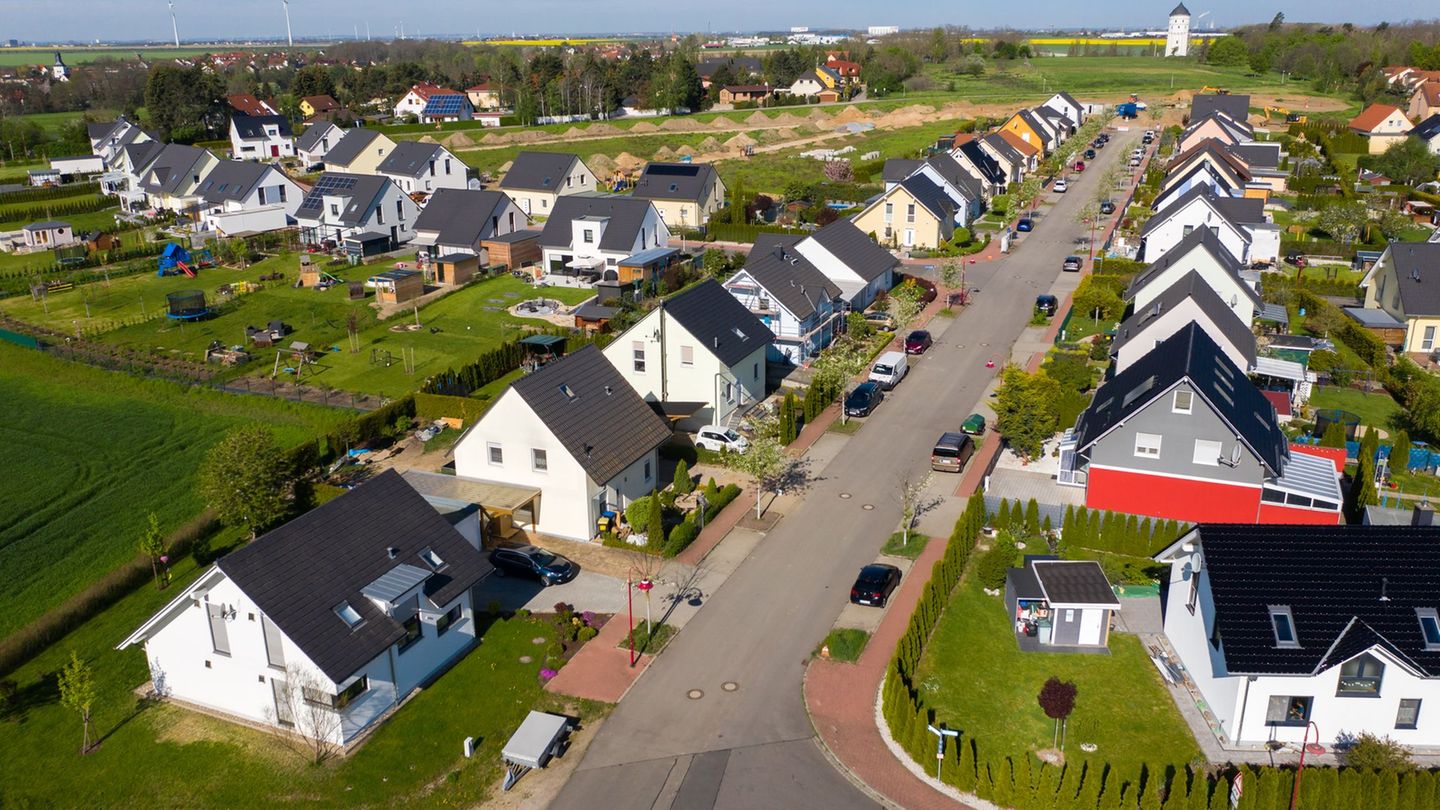With the launch of PSU 2 (the company’s second plant in the country, located in Paso de los Toros) Uruguay will start producing in a few months 4.5 million tons of pulp per yearbecoming one of the five main producers of market pulp worldwide (market pulp is that which is marketed as such; that which is produced in paper mills is excluded).
This achievement is the culmination of a process that began several decades ago, when Parliament approved the Forestry Promotion Law at the end of 1987.
It was a true development plan conceived at various levels. On the one hand, based on soil studies, it was decided to subsidize afforestation on those lands with medium or low agricultural-livestock productivity, but which had good forest aptitude, so as not to advance on livestock or agricultural soils of good productivity. Thus, a rational use of the land was conceived, with the additional objective of decentralize and diversify production.
Throughout the 1990s, forest plantations were added, both by local and international investors. By the turn of the century, the forestry base was already beginning to reach sufficient levels to think of a pulp mill, a matter that materialized when the Finnish company UPM decided to acquire from its hitherto associate Shell the planted forest fields in Uruguayand build a plant that was finally inaugurated in 2007 in Fray Bentos.
Subsequently -and after the harsh conflict with Argentina for said plant-, the investment of Montes del Plata in Colonia (Punta Pereira), a joint venture between the Chilean Arauco and the Scandinavian Stora Enso, with a size similar to the previous one (1.3 million tons of pulp per year).
Plantations continued to be added, both by specialized investors and by livestock producers who incorporated afforestation into their production, also with the aim of diversifying. Even in the forest fields of the companies in the sector, the effective area of forests hardly exceeds the 60% of the total areathe rest are grazing or cultivation areas.
UPM2 Cellulose
@UPMUruguay
Based on the good performance and good results of the first project in Fray Bentos, UPM decided in 2016 to build a new plant in Uruguay. Negotiations with the government of Dr. tabare vazquezwho demanded that the new plant should be made in the center of the territory, reaffirming the original objective of decentralizing investment and employment. For UPM it would surely have been more convenient to expand the plant in Fray Bentos, but the conflict with Argentina and the clear definition of the government to take the plant to the center of the country set the course.
Thus, UPM decided to locate the plant to the north peach departmentriver through the city of Paso de los Toros (Tacuarembó). The decision implied the need to enable a good performance railway between the place and Montevideo, what gave rise to the project central railway. Likewise, the project included a terminal specialized in the Port of Montevideocapable of completing overseas vessels to export to global markets.
After intense negotiations with the government, in July 2019 the agreement between UPM and the Uruguayan State is finalized and UPM confirms the investment. Work begins for the construction of the plant and the associated infrastructure, and the preparation in terms of labor, business, logistics, and the environment. Almost 4 years after that decision, the plant started working and -among other data- it will generate throughout its production chain 7,000 direct jobswith some 290 million dollars annually in salariesaccording to UPM studies.
Questions about the new UPM plant
The process has not been exempt from questioning, mainly from the environmental point of view and also with regard to the exemptions and the tax treatment. In regards to atmosphere, UPM’s first plant has been permanently monitored and has had no performance problems. In this second plant, the environmental challenge is even greater as it is linked to a less flowing river such as the Río Negro.
The Ministry of the Environment has established the so-called Baseline, with the environmental parameters registered prior to the startup of the plant, which must be maintained at levels accepted by the authority. Furthermore, the agreement with the government to establish the new plant includes a fund for scientific and technological developmentwhich includes the so-called Initiative for the Río Negro, which proposes an improvement in the environmental parameters of the river and its basin.
Regarding tax treatment, some political and social sectors have questioned that a Free Zone has been granted to the company, as was also the case with the previous pulp mills (the regime exempts income tax). The argument that the government had at the time was to compete with other countries –mainly Brazil– which also grants similar or even greater advantages to attract this type of investment.
In this regard, it is worth mentioning that UPM has conceived this second floor like a reinvestment of the results of the first. Thus, the total sum of the investment in the plant, port and associated infrastructure for the transport of wood, nurseries, etc., is $3.47 billion, almost six points of the current GDP of Uruguay.
An investment that It has no history in the country’s history.. already in operation, will add a little more than 2 points to the annual GDP. As UPM’s own authorities stated this week, it has also been the largest forestry investment project for any Finnish company in history, including projects in its home country.
New investments that diversify the sector
The Uruguayan forestry sector has developed mainly around the production of cellulose, which will already be the main export product. But there is more: pulp mills produce continuous electrical power for the national network. The new UPM plant will add a capacity of 160 MW to the gridwhich added to the previous pulp mills, make a total of more than 300 MW.
Likewise, afforestation also includes the elaboration of products of solid wood: sawn, plywood and other products. This sector has been relatively less developed than pulp. However, in recent weeks have announced major investments in this area, the case of the Lumin company that will add a new one in Cerro Largo to its Tacuarembó plant to produce high-quality boards, investing $136 million.
Likewise, the Spanish Garnica confirmed a new investment in Treinta y Tres for 50 million dollars, also for the production of plywood panels. To this must be added the initiative of the Arboreal company that manufactures CLT wood for construction, among others.
All these initiatives diversify the sector and add opportunities to add value at different levels. What was conceived more than 35 years ago as a comprehensive development project has become a reality and is projected into the future.
Source: Ambito




